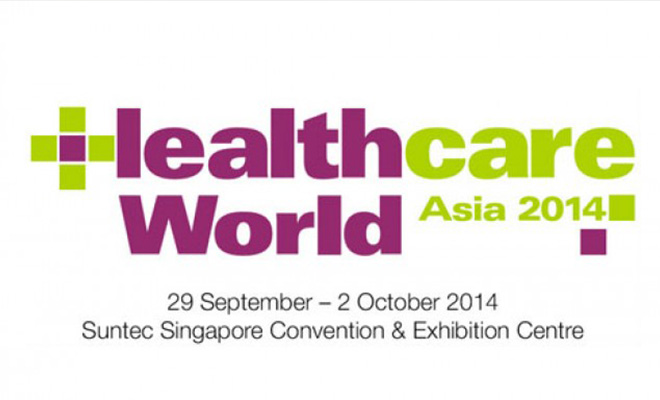
Insights + interviews
Meeting Tomorrow’s Healthcare Demands Today With IT
Southeast Asia faces a changing demographic where a more affluent and educated middle class is looking forward to higher quality but yet affordable healthcare. A healthcare that covers processes, methodology as well as having people with the relevant skill-sets.
The healthcare industry is facing an increase in regulatory pressure across the region as governments seek to manage healthcare demand situations that include ageing populations, medical needs to cover specific conditions as well as infrastructure requirements.
With easier access and lower travel costs across the region, healthcare is becoming both local and international, with customers that understand and want more from their healthcare providers and organisations that are seeking to improve and build upon current best practices and become better medical providers.
These were the topics covered at the ‘Meeting today’s demands with IT’ session.
Reducing healthcare costs? Using the right mix of technology can help. Arvind Sivaramakrishnan, CIO from Apollo Hospitals Group (India) talked about opportunities leading to an organised entity that includes standardisation, usability and the ability to train and disseminate best practices throughout the organisation. With the use of IT, we can see affordable healthcare happen.
Transforming healthcare with IT. Doctors, patients and healthcare providers can be empowered by ICT to “knowledge-enable” the medical team and achieve 24/7 healthcare. There is a need to create a seamless, IT-driven ecosystem with opportunities in mobile-health and others.
The National Taiwan University Hospital (NTUH) goes “lean”. Professor Ming – Chu Wang from NTUH shares about the ‘lean design’- influenced management style by reducing time and resource wastage activities such as ‘grey’ time spent moving between departments, waiting for data to be transcribed, as well as a focus on ICT to support operations. IT processes such as work flow automation, cloud and big data have helped NTUH achieve a high quality level of healthcare support with examples shared from their surgery and cardiology departments.
The solution? Rebuild the entire floor to incorporate ICT needs and requirements as well as reshape people-flow processes to achieve better results. New ‘tech toys’ include RFID, device tracking for equipment and multi-purpose patient terminals that can serve as a screen and monitor, directory for doctors, nurses to use to check medication and patients to use for video conferencing and entertainment devices to access the internet and TV content.
Read on to find out what was covered in “The Future of Healthcare in Asia” session.









